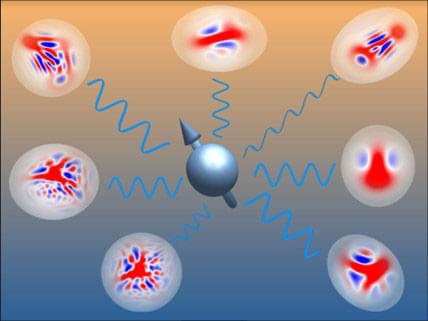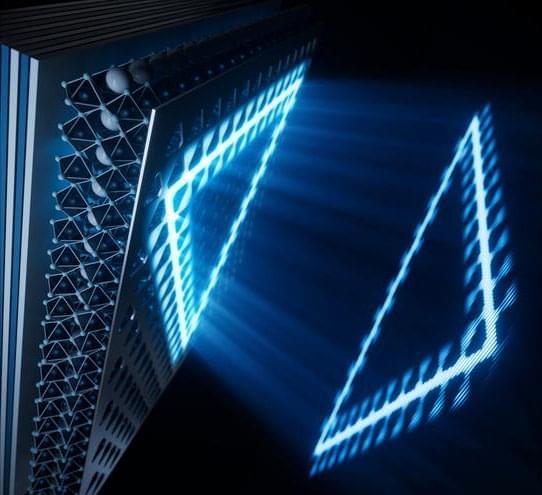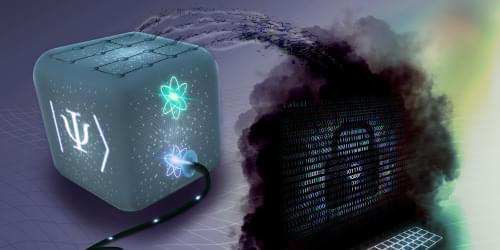Researchers at the University of Hong Kong discovered Dirac spinons in the material YCu3-Br, providing evidence of a quantum spin liquid state and potentially advancing applications in quantum computing and high-temperature superconductivity.
Quasiparticles are fascinating entities that arise from collective behavior within materials and can be treated as a group of particles. Specifically, Dirac spinons are anticipated to exhibit unique characteristics similar to Dirac particles in high-energy physics and Dirac electrons in graphene and quantum moiré materials, such as a linear dispersion relation between energy and momentum. However, spin-½ charge-neutral quasiparticles had not been observed in quantum magnets until this work.
‘“To find Dirac spinons in quantum magnets has been the dream of generations of condensed matter physicists; now that we have seen the evidence of them, one can start to think about the countless potential applications of such highly entangled quantum material. Who knows, maybe one-day people will build quantum computers with it, just as people have been doing in the past half-century with silicon,’” said Professor Meng, HKU physicist and one of the corresponding authors of the paper.








